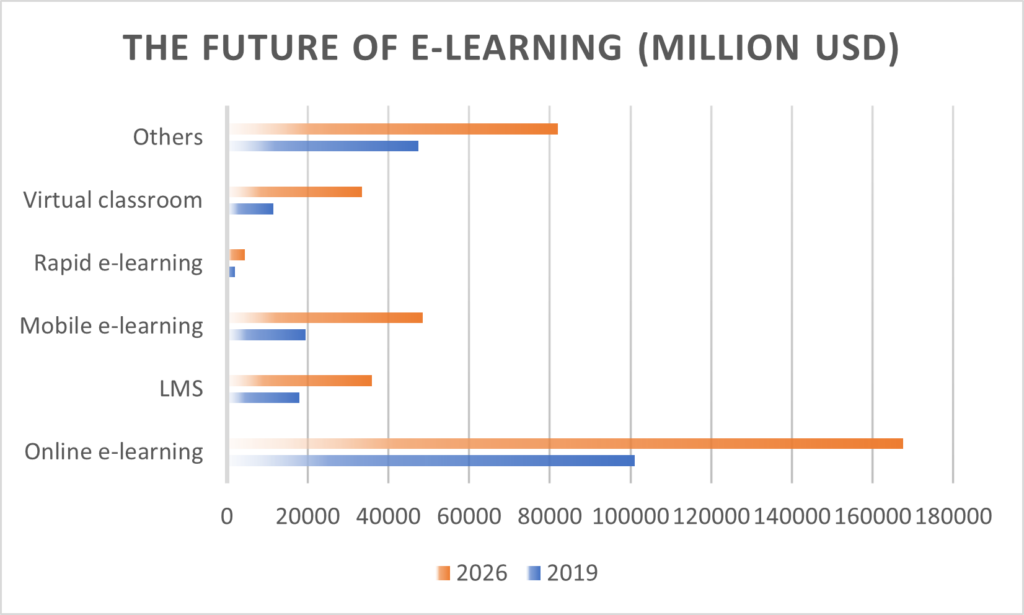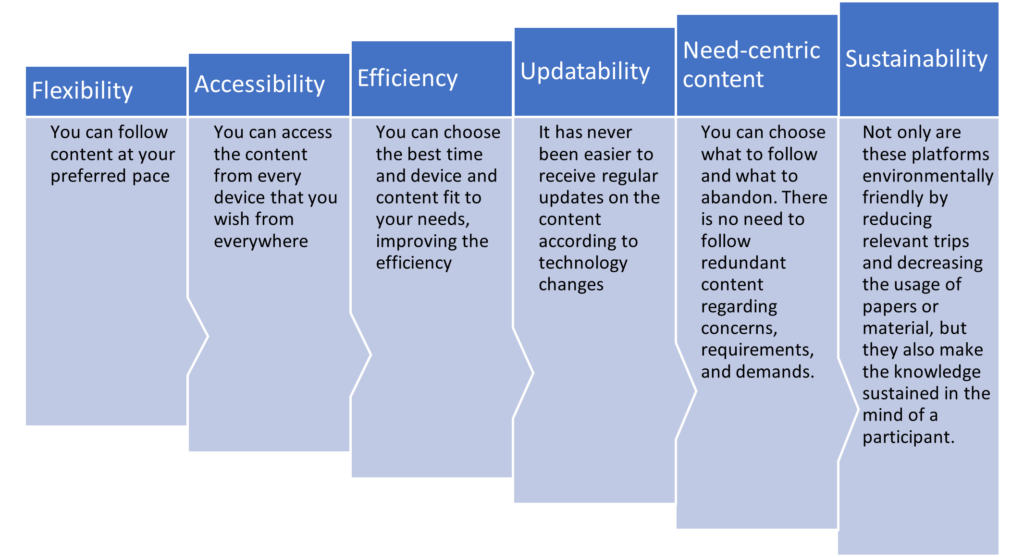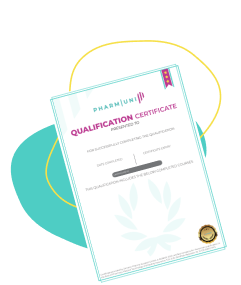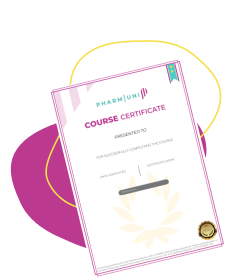The timeline for the rise of online learning is disputed, but the learning style has grown slowly since the beginning in response to corresponding demand. Despite this, the COVID-19 pandemic and the need to transition to a remote world have boosted the demand for online learning.
Post-COVID learning and education
The first known outbreak of COVID-19 in November 2019 was a turning point in people’s social and business lives around the world. Before the pandemic, there was no real need to learn online unless one didn’t have access to traditional learning centers or other driving forces encouraged the practice.
Although SMAC (Social, Mobile, Analytics, and Cloud) technologies were continually being developed, there was almost no external pressure to use or integrate them into people’s pre-pandemic daily lives and routines. Many individuals, businesses, and enterprises preferred to physically get in touch because that is what we have practiced for so long.
It’s not that we didn’t know we were living in an age of volatility, uncertainty, complexity, and ambiguity, but maybe we didn’t experience it before with our hearts and souls. We didn’t notice how deeply global change impacts our lives, fundamentally shifting how we behave or interact with one another. All the consequences of the pandemic, such as lost lives, missed jobs, a sense of solidarity, and so on, pushed and boosted technology into our daily lives. Certainly, life and all relevant topics won’t ever be the same as they used to be before the COVID era. Learning is one of them.
Online education and E-learning is one sector that changed and transformed significantly in the past two years. Formerly, online learning was only an alternative to face-to-face sessions, while now it has completely stepped to the frontline as a required learning method. The way parents and students now think of learning and education is shaped by the concept of online learning. However, the importance of in-class or traditional learning cannot be ignored or disregarded altogether.
The bright future of E-learning

- 42% of companies self-report that E-learning has led to a vast increase in their revenue
- Close to 70% of organizations offer mobile learning
- 72% of global organizations report that E-learning gives them (or could potentially give them) a competitive advantage in their industry
Benefits of E-learning
The change is not limited to students; job seekers also keep their eyes on online learning platforms, and even companies implement them to keep their staff up to date. The boom of this demand provides an appropriate situation for the conceptualization, evolution, and emergence of online platforms. Nowadays, online learning platforms play an influential role in the credibility and improvements in the quality of CVs, including those for students and recent graduates, or enterprises’ learning and development strategies.
The benefits of online platforms include:

Next evolutional step of learning?
COVID-19 has shocked our regular lives and routines, and we have learned to adapt to the new conditions and boundaries. While the delivery methods might vary, learning and education are inseparable parts of our lives. Online learning platforms provide the easiest, safest, and fastest method to keep learning under emergent and changing circumstances.
The eventual switch to these platforms is inevitable. The increase in demand for online learning creates a new space for startups and companies to enter the market and offer new ways of delivering E-learning and content styles. It is even more interesting to notice that specialized platforms are becoming more popular. Many individuals and businesses are looking for small learning units and short-term learning activities (known as microlearning). Doing so will help them focus on their needs and compensate for their knowledge or expertise deficiencies in an accelerated mood.
We will focus on the benefits of E-learning for individuals and corporates and the future of E-learning in other articles. We explain how satisfactory using E-learning is and what new trends and interesting upcoming features we should expect.
1 Adopted from: https://www.freepik.com/free-vector/students-watching-recorded-lecture-with-professor-talking-from-tablet_10780384.htm?query=students%20watching
2 https://www.statista.com/statistics/1130331/e-learning-market-size-segment-worldwide/
3 https://skillscouter.com/online-learning-statistics/
4https://www.playablo.com/CorporateLearning/Blog/elearning-is-reducing-carbon-footprint/

